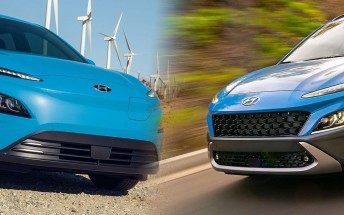Counterclockwise: an abridged history of LG's phones

Seoul, South Korea is home to two tech rivals - LG and Samsung. While the latter is the larger company, LG has also brought plenty of innovation in tech even if it often goes underappreciated. So, let us tell you its story and see if you gain more respect for the company.
Let's start with the LG Prada - it first emerged in December 2006 and launched in May 2007, it was the first phone with a capacitive touchscreen. Yes, LG beat Apple by a few months. The company even suspected that Apple ripped off the design, though nothing came of that.
Alas the Prada could never be the success that the iPhone was. Its smaller screen (3.0" vs. 3.5") had a limited color range (256K vs. 16M) and didn't support multi-touch, meaning fancy pinch gestures wouldn't work.
Worst of all was the storage - only 8MB (megabytes!) built in. Sure, there was a microSD card, but it only supported up to 2GB (expensive at the time). Despite Apple's usual stinginess, its first phone had 4GB of storage as base, which was a lot in 2007.
Another phone from the same era was the LG Viewty. It was a cameraphone with a 5MP sensor (compared to 2MP for the Prada and iPhone), it had Schneider Kreuznach optics with autofocus and digital image stabilization. And it had a xenon flash!
Its claim to fame, however, was its slow-motion mode - it could record 320 x 240px video at 120fps. Not bad considering its usual recording mode was 640 x 480px at 30fps.
LG stated that in five weeks of sales, the Viewty moved over 300,000 units in Europe. A UK retailer even suggested that it outpaced the iPhone. However, it was never made available in the US, which limited its impact.
LG, Samsung, Nokia and Sony Ericsson were in a competition for the most impressive cameraphone - it was the camera that drove the sales back then (and to a large extent today still).
The LG Renoir came out in 2008 marked another first - the first full touchscreen phone with an 8MP camera. It beat rival Samsung Pixon by a few months and there were a few non-touch 8MP shooters to contend with. It was the slimmest 8MP phone among them at 14mm.
The Renoir boasted a built-in GPS for geo-tagging photos, manual focus, blink detection and other goodies.
LG briefly toyed around with Symbian, but in 2009 it placed its bets on Android. Its first Android phone was the LG GW620 aka Eve or InTouch Max. Like the original G1, this one packed a slide-out hardware QWERTY. LG said that it would release more Androids and even Windows phones, but it wasn't done with featurephones.
Earlier that year the impressive LG Arena came out. It boasted a super sharp screen - 311ppi with 480 x 800px resolution - and it was covered with Gorilla Glass. The metal chassis of the phone solidified the impression that this is a premium device.
LG prepared visual feast with S-Class Touch UI with a 3D cube replacing tabs and a 3D carousel serving as menus. While not a smartphone, the Arena supported multitasking (at a time when the iPhone could not), featured a multi-touch browser, Google Maps (with built-in GPS, but no voice-guided navigation) and a Microsoft Office package.
In some ways LG presaged the ultra-widescreen craze that is upon us now. The LG New Chocolate had a 4" screen with an insane 21:9 aspect ratio and supported Dolby Mobile, a boon for movie watching on the go.
The phone also used the S-Class UI, complete with multitasking (the app switcher UI was styled to look like the Symbian one). And it did have voice-guided navigation thanks to Wisepilot, the app worked much better than Google Maps (which didn't quite match Chocolate's screen). Unfortunately, this was only a trial app.
By the way, it's "New Chocolate" since the original phone was the LG Chocolate (from 2006). It was the first of the Black Label Series phones and it traded on its design. The capacitive keys around the D-Pad disappeared when the phone was closed, making for a sleek exterior.
Mobile phones were in an awkward period in 2009 - the market was still transitioning from key-operated phones to touchscreen. The major push was done by smartphones, but they were expensive, so LG supplied budget-friendly alternatives.
The LG Cookie had a resistive screen and a stylus - a 3" 240 x 400 screen. LG cut down the features, even basics like 3G, Wi-Fi and GPS, but it didn't matter - the price was right (€200) and it became a best-seller. The best-selling touch phone, says LG.
It sold a whopping 2 million units in five months and 5 million in 9 months.
Before moving on, let's mention that LG made some Windows Phone 7 handsets. There, we just spent as much time thinking about them as LG did.
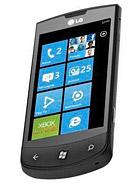
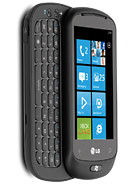


LG E900 Optimus 7 • LG C900 Optimus 7Q • LG Quantum • LG Jil Sander Mobile
LG's most recent history is defined by the LG Optimus, a mid-range phone designed for smartphone first-timers. It followed Cookie's game plan: an affordable price will bring in the crowds. After a short detour through 3D, the Optimus series brought us the LG Optimus 2X - the world's first smartphone with a dual-core processor.
Powered by an Nvidia Tegra 2 chipset, it was also the first phone to have enough power to record 1080p video (supposedly at 24fps, but in reality less than that). The update story was surprisingly good, launching with Android 2.2 Froyo and being brought up to 4.0 Ice Cream Sandwich.
The performance was Optimus 2X's best feature. We had Nvidia promising games with Unreal Engine 3 and "perhaps even" the iD Tech 5 engine (Doom 4!) and Frostbite (Battlefield: Bad Company). That didn't come to pass, unfortunately.
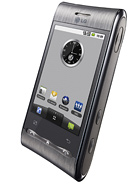
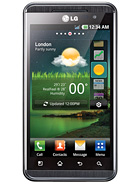
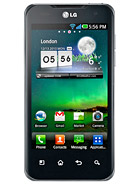
LG GT540 Optimus • LG Optimus 3D P920 • LG Optimus 2X
But really, we're looking for the LG Optimus G - the first widely available phone with the Snapdragon S4 Pro, Qualcomm's first chipset with a quad-core processor (but not the first quad-core phone, that was the Optimus 4X HD with a Tegra 3). The processing power was put to good use with the Q Slide option - LG's multitasking solution that used windows instead of screen splitting. The 16:10 screen gave you the necessary room to maneuver. Q Slide didn't work for all apps, but it was a start.
The hardware was used as the base for the Nexus 4 - the phone that redefined the word "flagship". It cost $300 at launch, a steal for a Snapdragon S4 Pro phone, and the price would go on to drop to $200. Competing phones could easily cost 2-3 times as much. This was one of the earliest phones to support Qi wireless charging too.
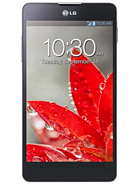
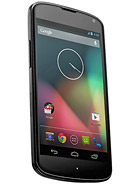
LG Optimus G E975 • LG Nexus 4 E960
The next-gen phone dropped the "Optimus" and used the now familiar G-series branding - the LG G2. It was a bezel-less phone before it was cool and had unusual key arrangement - the volume rocker and the power button were on the back.
At the same time the company unveiled one of the most futuristic phones in years - the LG G Flex. Not quite a foldable phone like the ones we see in the rumor mill today, but it did flex. Everything, the screen, the battery, the motherboard, everything flexed. And we loved the idea of the self-healing coating on the back panel. Bye, bye, scratches!
The early generation P-OLED panel was low-resolution (720p) and it suffered from other issues. LG would fix many of those with the LG Flex 2, but it abandoned the Flex line after that.
Moving on to the LG G3, one of the first phones with a 1440p QHD screen. LG worked hard to get acceptable battery life (and control the heat) out of the 2014 chipsets, which weren't well suited for rendering at QHD (even today many flagships default to 1080p internal resolution).
The Laser autofocus system was an improvement over the slow AF systems of the time too. Selling nearly 10 million units in less than a year made the G3 a success.
LG tried to be fancy with the LG G4. It was a curved phone and had optional leather back covers with decorative stitching. The back buttons were enhanced with a fingerprint reader, another forward-looking move by LG. The Quantum IPS display (QHD, of course) fixed some of the color rendering complaints about the G3 screen, but the Snapdragon 808 chipset was not ideal (LG wisely avoided the S810).
Later that year LG introduced its Note competitor - the LG V10. It was a phone that meant business, it was MIL-STD-810G tough and had a grippy back. Its unique feature was the secondary line display that held notifications, shortcuts and other tools. The selfie camera was pushed into a proto-notch on the side.
And it was a dual camera - one of the first of its kind. Not used for 3D, it offered two fields of view 80° and 120°.
Around this time the bootloop issues (that plagued previous LG phones too) were becoming a meme, which wasn't great.
LG also built the Nexus 5 and Nexus 5X (which was available alongside the Huawei-built Nexus 6P). Not quite as cheap as its predecessor, the Nexus 5 was still among the most affordable flagships and it went on to become a fan favorite. The 5X was, well, expensive - $380/€480 for a 16GB phone was never going to fly.
Then came the LG G5 - LG's take on a modular phone. But more importantly, it moved the dual camera magic to the back - it was among the first usable dual camera phones, again showing LG's capacity to innovate. But the modular system flopped and the shift to a metal body was marred by the strange coating that gave it a plastic-like feel. On the upside, the Always On Display worked quite well and the battery was user-accessible.
The G5 was followed up by the LG V20, which dropped the practical exterior of the V10 for a sleek metal unibody. It was still MIL-STD-810G compliant, though, and the battery was still user-accessible (the removable back cover had soft padding). The V20 was the first phone to launch with Android 7.0 Nougat.
The LG G6 launched last year and adopted the military toughness of the V-series and improved on them with an IP68 rating. The screen was enhanced with HDR10 and Dolby Vision, but short supply of chipsets left it with an old Snapdragon 821. The failed modular system was dropped, unfortunately, the removable battery went with it.
The LG V30 is more of a G6+ - gone is the secondary screen, swapped for a P-OLED display. Despite supporting HDR10 and Dolby Vision again, the screen caught some criticism. But the V30 has much to be proud of, it did upgrade to Snapdragon 835 and its dual camera boasted the brightest aperture (at the time) at f/1.6.
This brings us to today and there's not much to report. The LG G7 ThinQ felt like a small upgrade on the V30 (but with a notched LCD screen), then LG refreshed the V30 with the V30S (a simple memory upgrade) and again with the V35 (V30 screen and camera, G7 chipset). There may have been a Plus version or two in there, but we feel like we're spinning in circles.
As you can see, LG has a long history of innovation, especially when it comes to cameras, but also when talking about processing power and screens. However, despite being the first on many occasions, it feels like the company rarely managed to be on top (especially lately).
This leaves us with a multi-million dollar question: what can LG do to turn "first to market" into "first in the market"?
Related
Reader comments
- Nathan Guy
- 10 May 2024
- t7V
The LG G5 and the LG V20 is my favorite there and yes i have the LG V20 as my main phone. I want to collect those phones.
- Larryreal
- 14 Dec 2022
- XBx
LG G4 has no fm radio why?
- Venkat
- 29 Oct 2021
- 7kp
Lg mobiles is every thing ok , but not connected direct to pc , drivers are installed in pc , this is not good
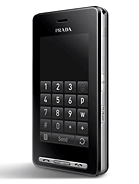
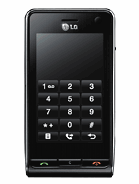
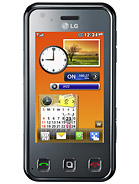
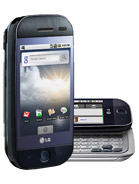
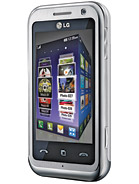
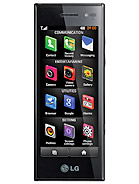

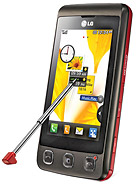
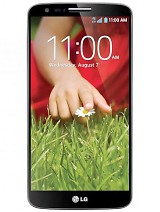
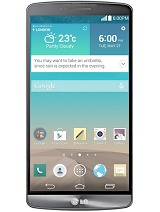

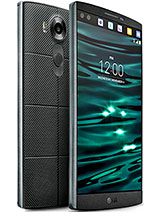


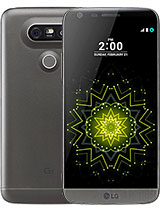
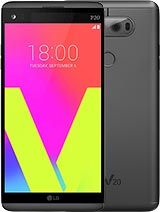
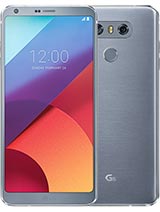
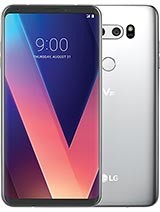








 Xiaomi
Xiaomi Samsung
Samsung Samsung
Samsung Sony
Sony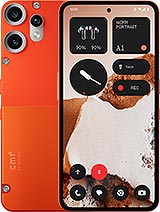 Nothing
Nothing


